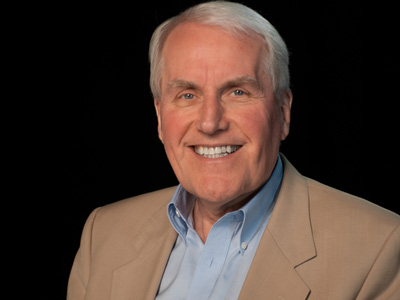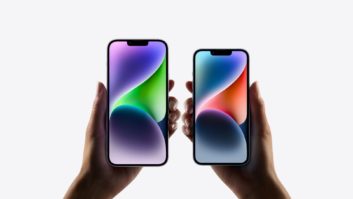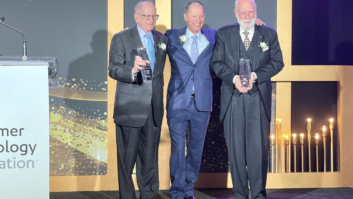
The times they are a changin’, especially in audio. Audio technology is experiencing higher-resolution bandwidth-size portability, delivery is faster and easier both with streaming and downloads, and selection is growing with online services like Spotify, Pandora, iTunes and Amazon.
All are great things — but is there a price to pay? Music has never been cheaper, but the same may not be true with regard to its quality.
In the real world, some compromises are necessary to fit into existing storage and delivery channels, so we use various data-rate compressions, starting with MP3 and moving onto near-lossless such as FLAC. The jury is still out on how much better some of the latest compression schemes affect the perceived sound quality. Time will tell.
Less a matter of opinion is how dynamic range compression can affect the sound. Dynamic range compression makes the soft parts louder and reduces the level of the loudest parts. This compression is used in two ways:
Artistic: First, artistic compression is an integral part of the recording or creation process. Correctly applied, it ensures that the softest bits are audible, that the loudest peaks are within the dynamic range of the recording medium, and that it achieves the desired balance between the musical instruments and any voices.
Loudness: Second, compression is sometimes applied simply to make the music louder without regard to artistic intent.
There are at least two good reasons for doing this:
1. Many, if not most, are listening on-the-go today, often in noisy surroundings, using cheap ear buds and phones and other mobile devices. Without compression, the quieter parts would be inaudible if they weren’t made louder.
2. Loud is generally perceived as good. It’s not subtle; it always attracts attention and usually helps sales.
But there’s more to music than playing the right notes in the wrong order, as André Previn explained to Eric Morecambe.
Music is the subtlest of the arts: It can be soft or loud, can convey sadness or joy or a desire to dance, all without words or pictures. It goes straight to the heart. So what if some of this subtlety is lost on the way from the recording studio? How would you know unless you had access to the original?
If the bulk of recorded music has been compressed just to make it louder, very few true-to-the-original versions are available to the consumer. Why not have both? They do it for streaming video, with standard and HD. Why not for audio? Offer two versions — the compressed version and the original — and let the market decide.
Public demand for both versions would ensure that this happens. But how would the majority of music lovers know what they’re missing — if it’s missing from the current offerings?
The speaker’s job is to turn an electrical signal into sound. But it was common practice to add more. Boosting the bass, for example, more or less guaranteed a win at an A-B shootout in a dealer’s store. My boss used to call it “ketchup with everything.” This practice continues today, notably on headphones and boomboxes. But good tone control can change that. Compression is a one-way street; there’s no reversing. You can’t unburn a steak, or undress a salad, but you can ask for “ketchup on the side” — that’s choice.
Laurie R. Fincham is audio R&D senior VP at THX.













